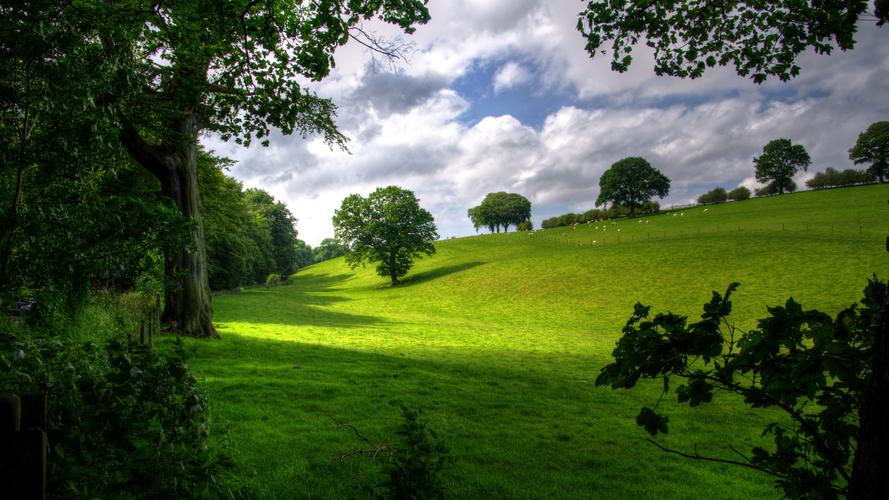Exploring the Cultural Diversity of China: Regions and Traditions
As one of the oldest civilizations in the world, China boasts a rich and diverse culture that has been shaped by a long history of tradition, customs, and beliefs. The country is home to over 1.4 billion people, 56 ethnic groups, and has a vast geographic area, resulting in a wide range of regional cultures and traditions.
Understanding the cultural diversity of China is important not only for those who want to visit the country but also for anyone who wants to learn more about the world and its people. In this article, we will explore the different regions of China and their unique customs, festivals, cuisine, and beliefs.
Northern China
Northern China is known for its colder climate, wheat-based cuisine, and the influence of various dynasties and religions. Beijing, the capital city, is the cultural and political center of northern China, home to many of the country’s most iconic landmarks, such as the Forbidden City and the Great Wall. The Beijing Opera and the traditional martial art of Tai Chi also originated in northern China.
Central China
The central region of China is characterized by the Yellow River and Yangtze River basins, which have nurtured the development of traditional art, literature, and philosophy. The region is home to some of China’s most famous landmarks, such as the Terracotta Warriors in Xi’an and the Three Gorges Dam in the Yangtze River. The traditional culture of central China is influenced by Confucianism and Taoism, and many of the region’s festivals, such as the Dragon Boat Festival and the Mid-Autumn Festival, have a long history.
Southern China
Southern China is a land of contrasts, with a warm and humid climate, lush greenery, and diverse cultural traditions. The region is famous for its Cantonese cuisine and tea culture, as well as its many ancient towns and waterways, such as Suzhou and Hangzhou. The traditional arts of calligraphy and silk weaving also originated in southern China.
Western China
Western China is the least populated, yet the most diverse, region of China, with a wide range of ethnic groups and religions. The region is home to the Tibetan Plateau, the Silk Road, and the famous Mogao Caves in Dunhuang. Western China is also known for its spicy Sichuan cuisine, as well as the traditional arts of paper-cutting and embroidery.
Conclusion
In summary, exploring the cultural diversity of China is an exciting and enlightening journey that involves delving into the many unique regions and traditions of this vast country. From the chilly northern climate, through the central river basins, to the humid southern landscape, and the diverse ethnicities and religions of western China, every region in China has a fascinating history and set of customs to discover. By understanding the cultural diversity of China, we can gain a greater appreciation of the richness and complexity of our world.
(Note: Do you have knowledge or insights to share? Unlock new opportunities and expand your reach by joining our authors team. Click Registration to join us and share your expertise with our readers.)
